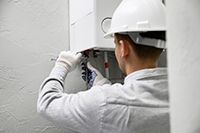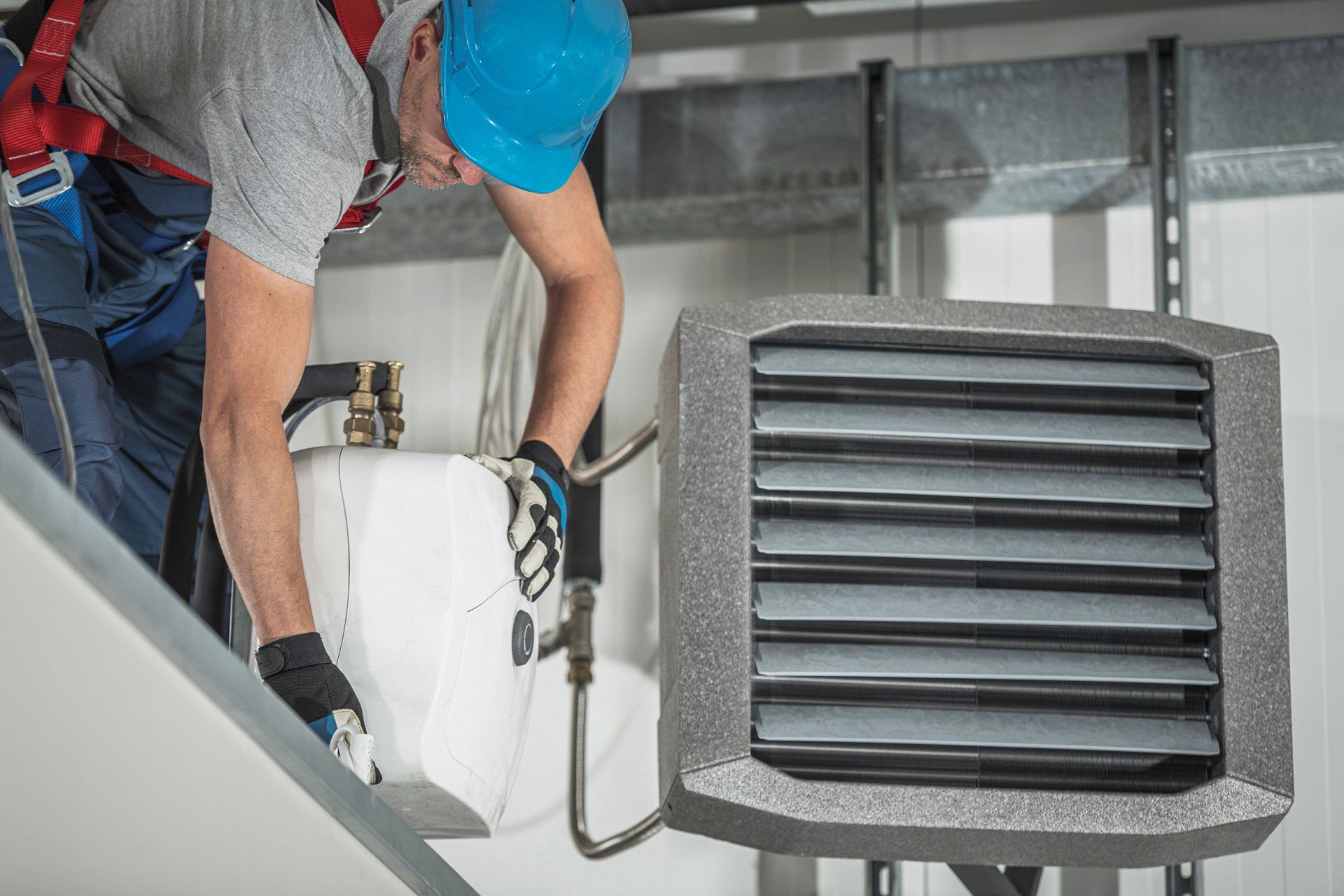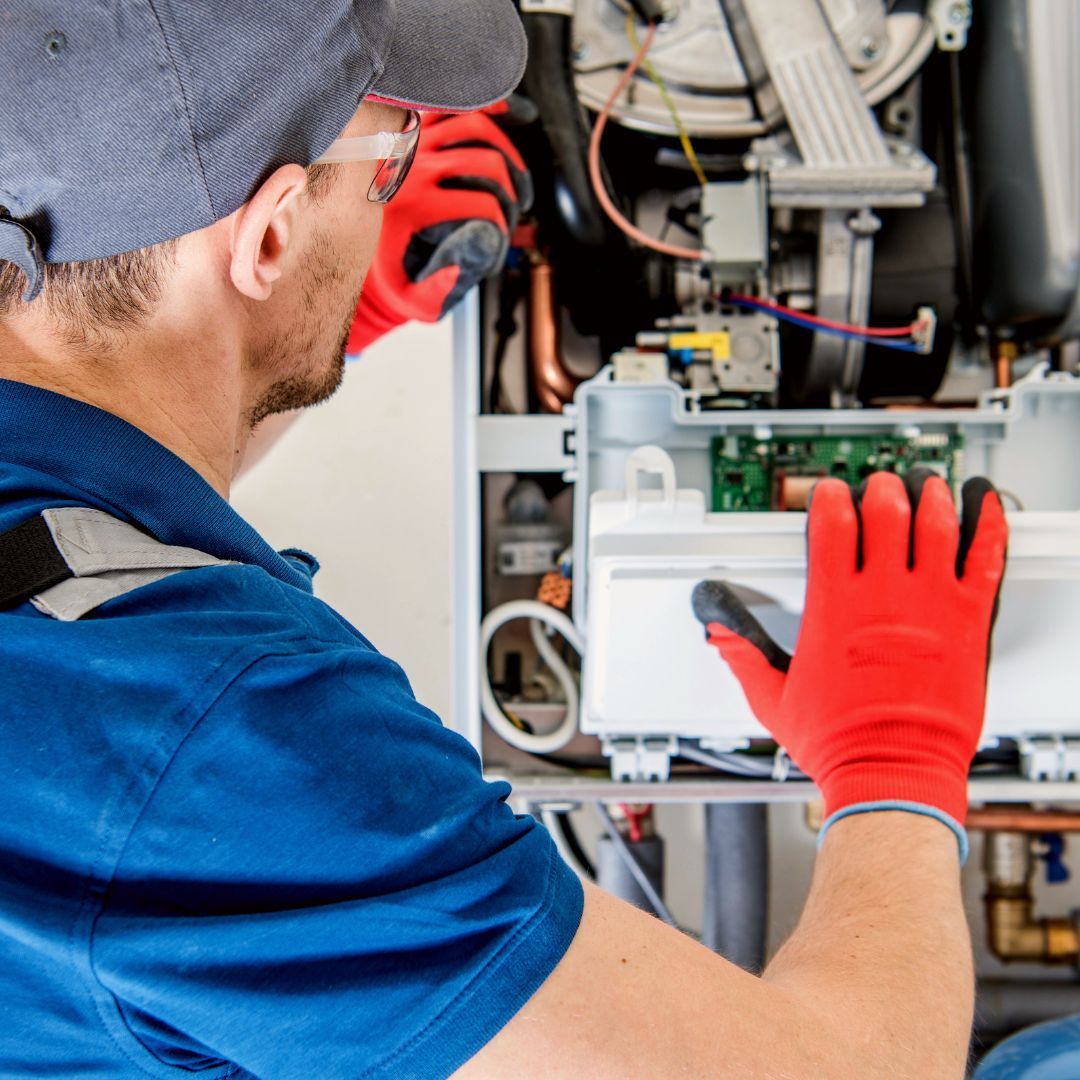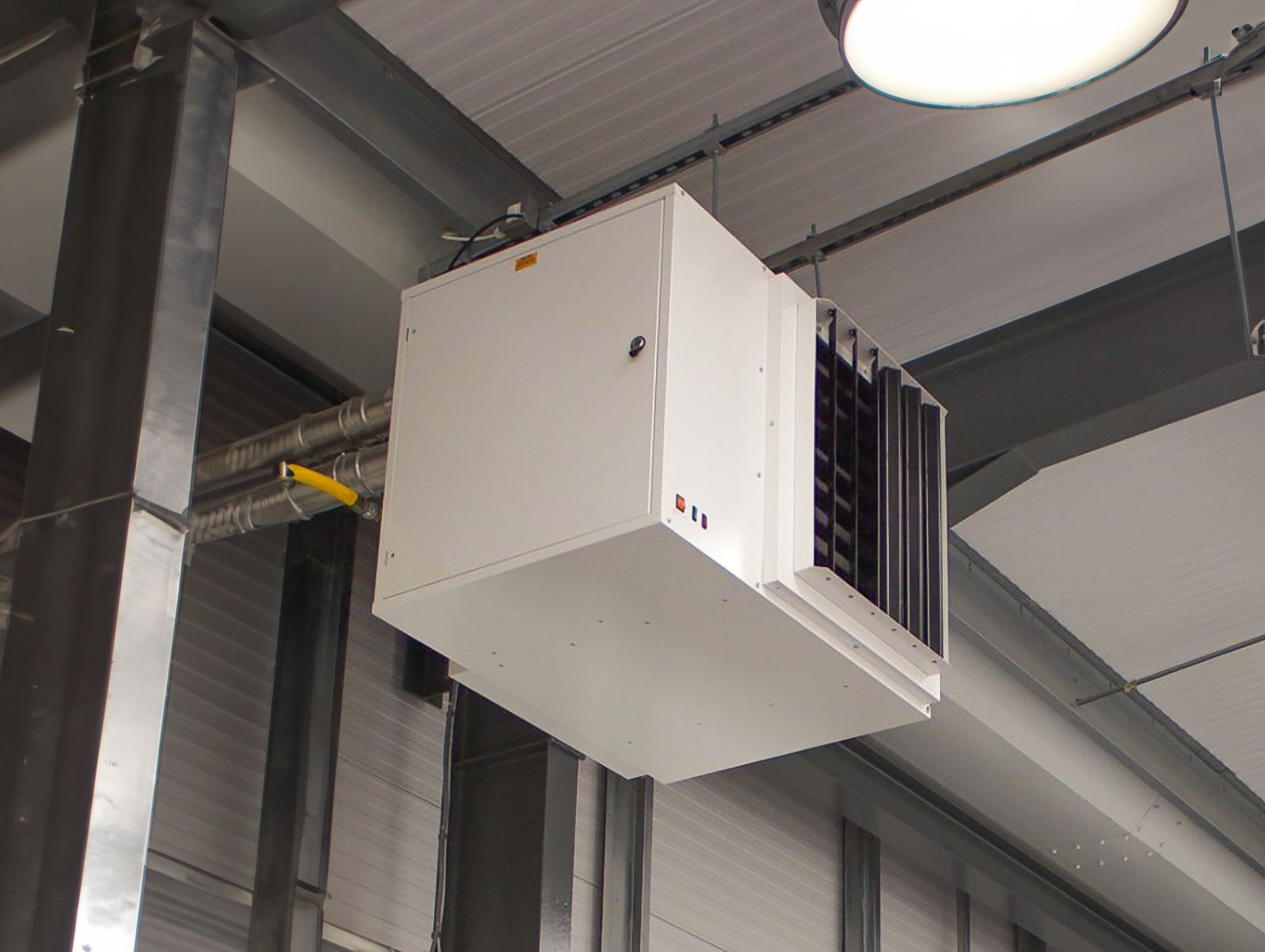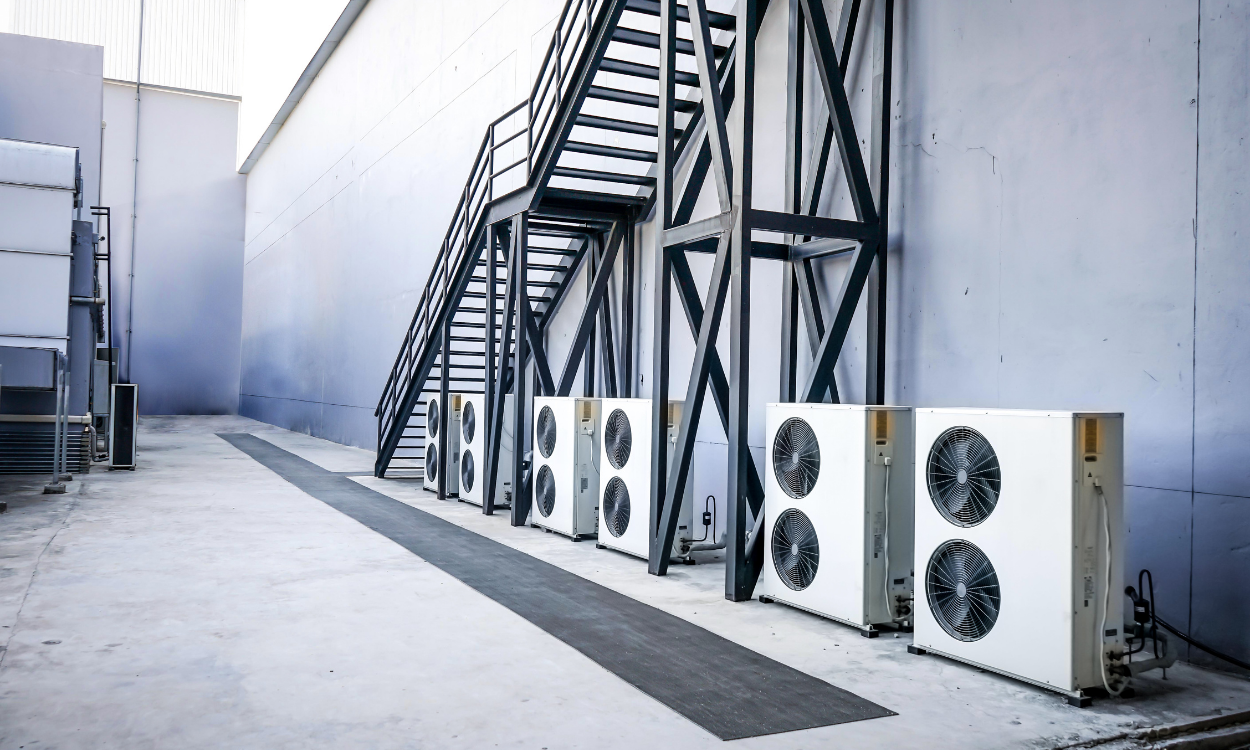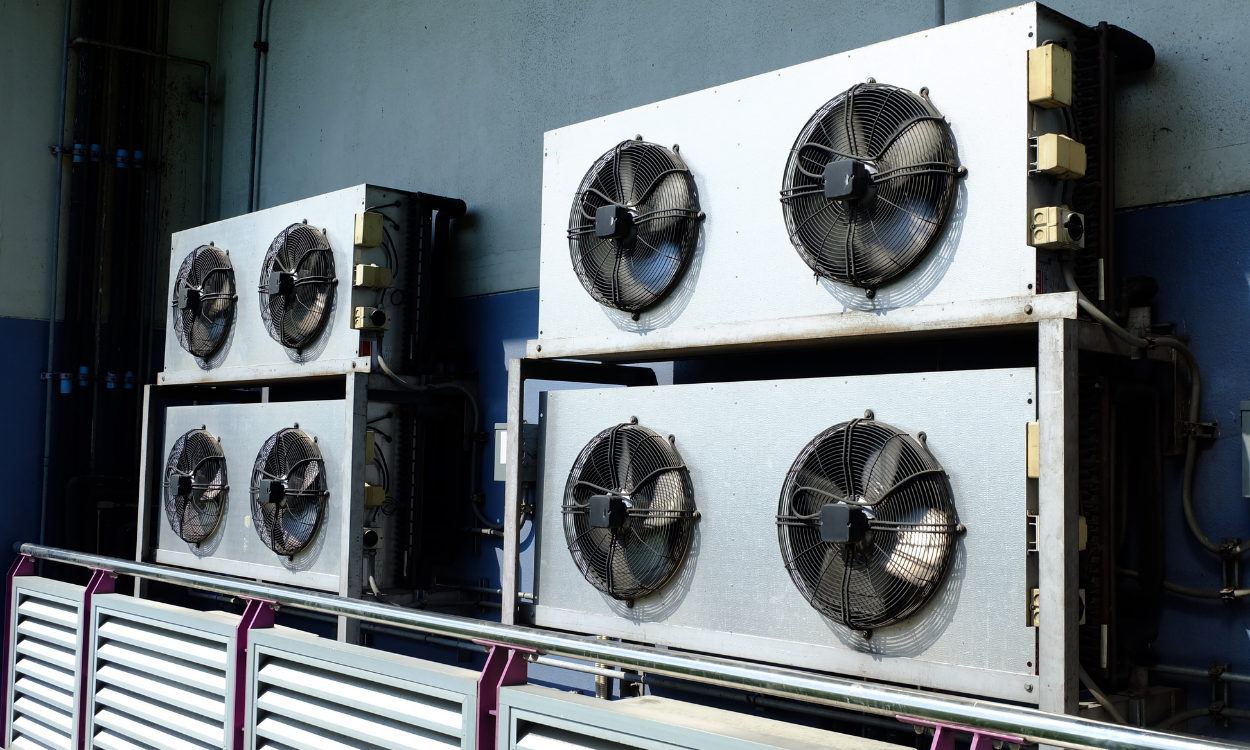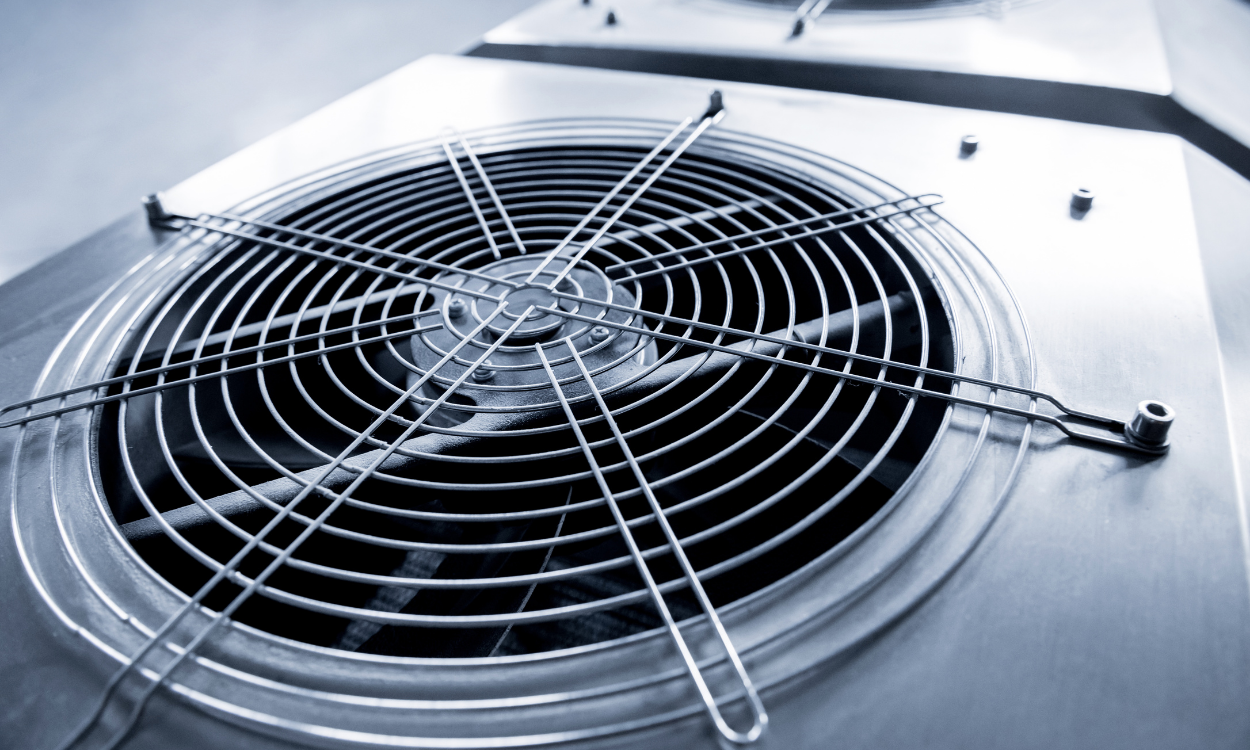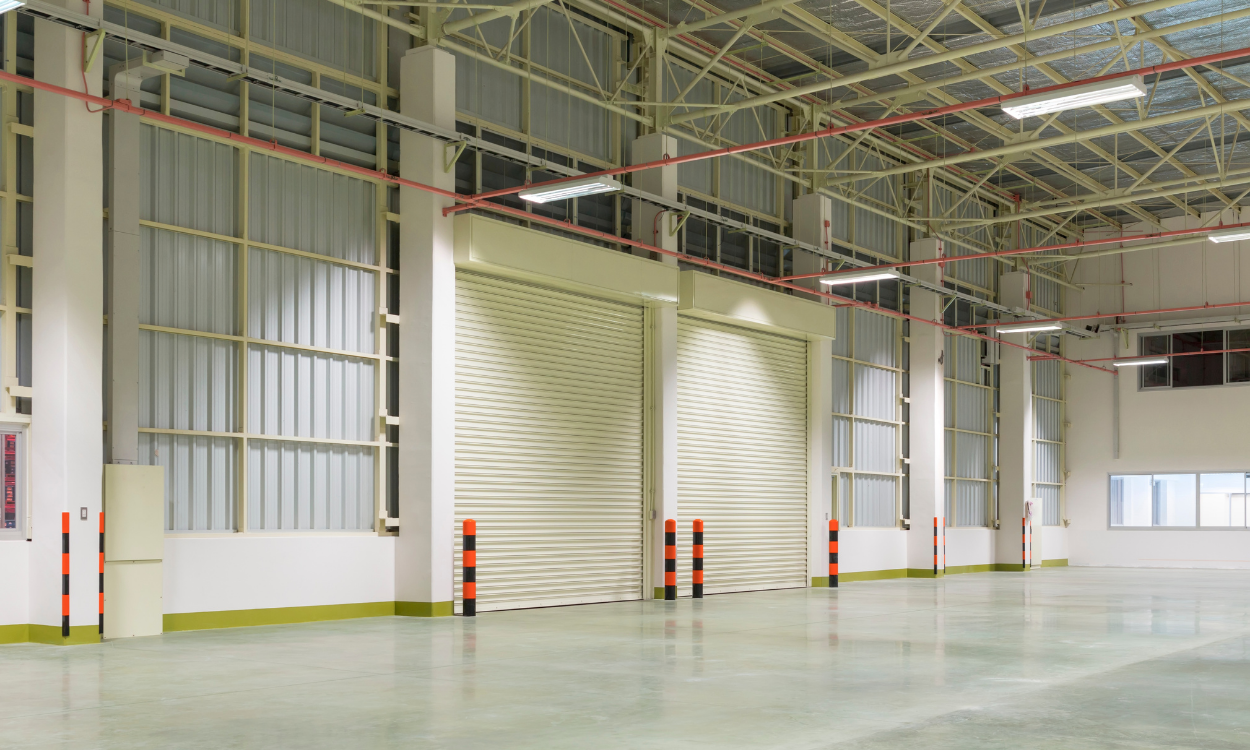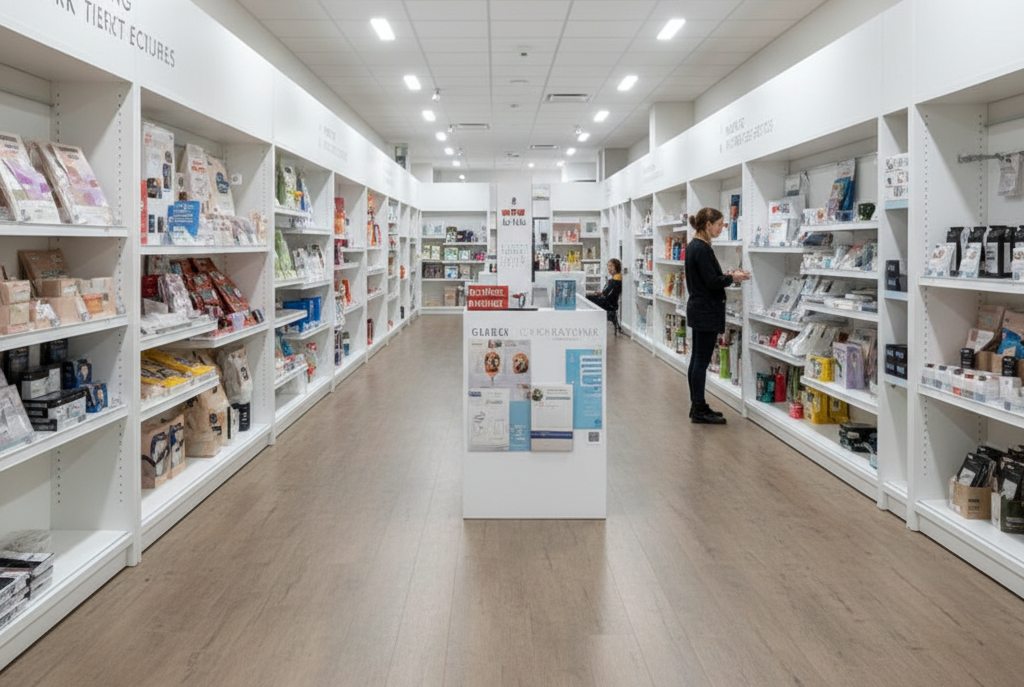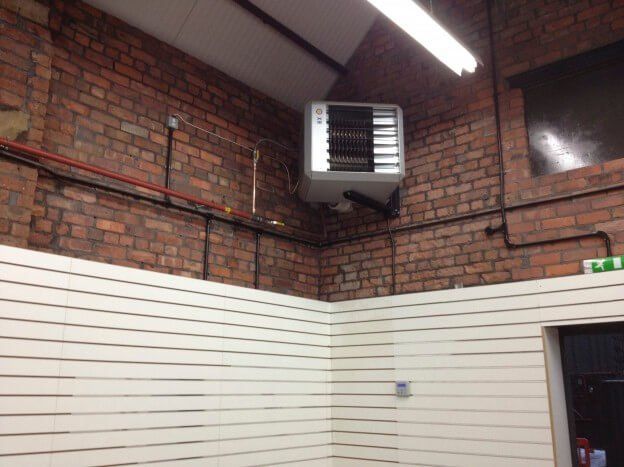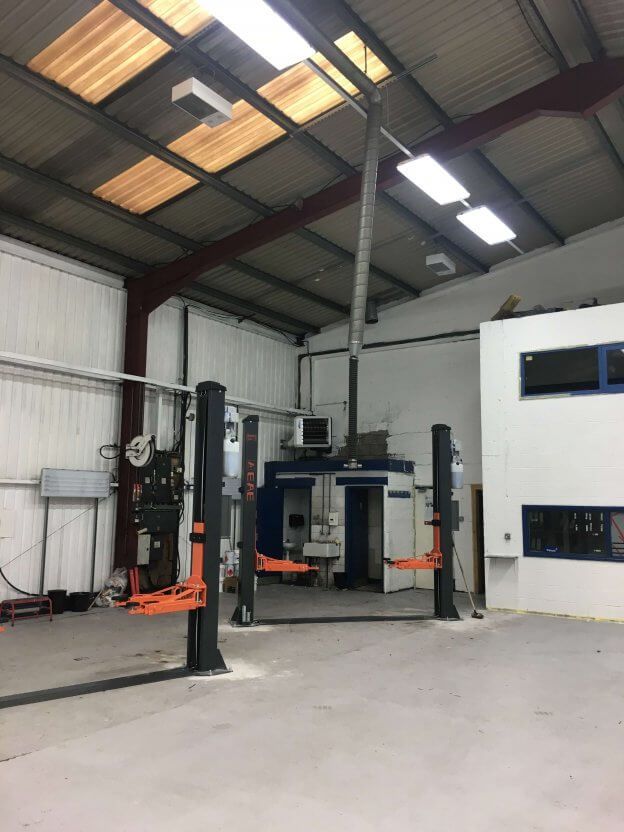Optimising Performance and Energy Efficiency of Electric Warm Air Heaters
When it comes to electric warm air heaters, you're likely looking for a way to stay cozy while keeping your energy bills in check. But did you know that optimising your heater's performance can make all the difference? From sizing the heater correctly to strategic placement and regular maintenance, there are several key factors to bear in mind. By getting these elements right, you can substantially reduce energy waste and your carbon footprint. But what are the most effective strategies for maximising efficiency, and how can you avoid common pitfalls that might be costing you money?
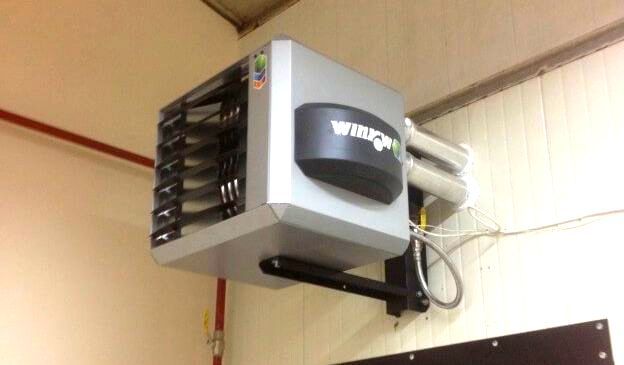
Selecting the Right Electric Heater
When it comes to selecting the right electric warm air heater for your industrial or commercial building, considering factors such as the space's size, insulation, and desired temperature will help you make an informed decision.
You want to guarantee the electric warm air heater you choose can effectively heat the space while maintaining energy efficiency.
To do this, consider the space's size and insulation. A well-insulated space will require less energy to heat, making it more energy efficient.
Additionally, think about the desired temperature you want to maintain in the space. This will help you determine the required heating capacity of the electric warm air heater.
By considering these factors, you can select the right electric heater for your building, reducing energy costs and increasing overall efficiency.
With the right electric warm air heater, you can create a comfortable and productive environment for your employees or customers.
Understanding Energy Efficiency Ratings
You need to weigh the energy efficiency ratings of electric warm air heaters to guarantee you're getting the most out of your heating system while keeping energy costs down.
When optimising performance, it's essential to examine the energy efficiency ratings of your electric warm air heaters.
These ratings indicate how much energy is converted into usable heat, with higher ratings signifying better performance.
Look for heaters with high energy efficiency ratings, such as those with advanced burner control and high modulation ranges, to minimise energy waste and reduce your carbon footprint.
Optimising Heater Placement Strategies
By strategically placing your electric warm air heaters, you can further maximise their energy efficiency and overall performance.
Optimising heater placement strategies is vital to guarantee that your heaters are working at their best.
One key consideration is to place your heaters in areas where they can provide the most coverage, such as near doors or in high-traffic areas. This helps to reduce heat loss and minimise the need for excessive heating.
Additionally, placing heaters near windows or exterior walls can help to counteract heat loss through these areas.
It's also important to avoid placing heaters in areas where they may be obstructed, such as behind furniture or in corners, as this can reduce their effectiveness.
By taking the time to strategically place your electric warm air heaters, you can optimise their performance, reduce energy costs, and create a more comfortable and efficient heating system.
This, in turn, will help to increase energy efficiency and reduce your environmental impact.
Improving Air Circulation and Flow
Proper air circulation and flow are essential to guarantee that your electric warm air heaters distribute heat efficiently throughout your commercial or industrial space.
When air circulation is poor, hot air can become trapped, reducing the energy efficiency of your heaters.
To improve air circulation, you can confirm that your heaters are installed in a way that allows for unobstructed airflow. This might involve installing them in a central location or using ductwork to direct airflow to specific areas.
Additionally, you can improve air circulation by verifying that your space is well-ventilated, with open doors, windows, or vents that allow hot air to escape.
By improving air circulation, you can reduce energy costs and increase the overall efficiency of your electric warm air heaters.
This is especially important in large, open spaces like warehouses or factories, where poor air circulation can lead to hot spots and reduced heating performance.
Maintaining Electric Warm Air Heaters
Regular maintenance checks are necessary to guarantee your electric warm air heaters continue to operate at peak performance, preventing breakdowns and reducing the risk of costly repairs.
You can't afford to neglect your heaters, especially in industrial and commercial settings where downtime can be detrimental to your business.
By maintaining your electric warm air heaters, you'll confirm they run efficiently, providing maximum energy efficiency and reducing energy costs.
To maintain your heaters, start by checking the air filters regularly.
Dirty filters can decrease airflow, reducing your heater's performance and increasing energy consumption.
You should also inspect the electrical connections and components for signs of wear or damage.
Replace any worn-out parts to prevent overheating and electrical shocks.
Additionally, guarantee proper ventilation in the area to prevent the buildup of carbon monoxide.
Reducing Energy Consumption Costs
You can substantially cut down your energy bills by optimising your electric warm air heaters, which is especially vital in industrial and commercial settings where energy consumption can be astronomical.
By improving energy efficiency, you can reduce energy consumption costs and contribute to a more sustainable future.
One effective way to achieve this is by selecting the right-sized electric warm air heater for your specific application. Oversized heaters can lead to energy waste, while undersized ones may not provide sufficient heat.
Additionally, consider heaters with advanced features such as high-efficiency motors, optimised fan designs, and smart sensors that can adjust heat output based on ambient temperature.
Regular maintenance is also essential to guarantee your heaters operate at peak performance.
Benefits of High-Efficiency Heaters
By switching to high-efficiency heaters, your industrial or commercial space can reap significant benefits, from reduced energy consumption to lower operating costs.
High-efficiency heaters are designed to provide peak performance while minimising energy waste, resulting in substantial cost savings over time. For instance, electric warm air heaters with advanced burner control and high modulation ranges can achieve higher energy efficiency, reducing your energy bills and carbon footprint.
High-efficiency heaters also offer improved reliability and durability, reducing the likelihood of breakdowns and maintenance costs.
Additionally, they're designed to meet the demands of industrial and commercial applications, providing consistent and efficient heating even in large factory settings.
By investing in high-efficiency heaters, you can create a more sustainable and cost-effective heating solution for your business.
With the range of electric warm air heaters available, you can find the perfect solution to meet your specific needs and maximise your energy efficiency.
Electric Vs Gas Fired Heaters
When selecting a heating solution for your industrial or commercial space, one key decision is choosing between electric and gas fired heaters, each with its unique advantages and considerations.
Electric heaters are often a popular choice due to their ease of installation, low maintenance, and quiet operation. They're also a great option when natural gas isn't available or when you want to reduce your reliance on fossil fuels.
On the other hand, gas fired heaters are typically more cost-effective in the long run, especially for larger industrial spaces. They also provide a more rapid heat response, making them ideal for applications where high temperatures are required.
However, they do require more complex installation and regular maintenance to guarantee safe operation.
When it comes to energy efficiency, electric heaters tend to have higher efficiencies, often above 90%, whereas gas fired heaters typically range from 80-90%.
Consider your specific industrial heating needs and weigh the pros and cons of each option to make an informed decision.
Heater Sizing and Capacity Planning
Properly sizing your electric warm air heater is crucial to guarantee it can efficiently meet the heating demands of your industrial or commercial space.
You don't want to end up with a heater that's too small, struggling to keep up with the cold, or one that's too large, wasting energy and increasing your bills.
To get it right, you need to take into account factors like the size of your space, insulation, and the desired temperature.
When choosing an electric warm air heater, look for models with varying capacity options, like the EH10 (9.9kW) or EH40 (39.6kW), to find the one that best suits your needs.
A correctly sized heater won't only provide peak performance but also contribute to energy efficiency.
Remember, an oversized heater will consume more energy than necessary, increasing your energy costs and carbon footprint.
By selecting the right size heater, you'll be able to maintain a comfortable temperature while keeping energy efficiency in mind.
Take the time to calculate your heating requirements and choose an electric warm air heater that's tailored to your specific needs.
Common Mistakes to Avoid
One common pitfall to watch out for is specifying an electric warm air heater based solely on the size of your space, without considering other essential factors like insulation, airflow, and heat loss.
This can lead to an inefficient heating system that wastes energy and increases your energy bills.
Another mistake to avoid isn't considering the specific heating requirements of your space.
For instance, if you have a large, open area with high ceilings, you may need a heater that can distribute heat more evenly, such as a radiant heater.
On the other hand, if you have a smaller, more enclosed space, a fan heater might be more suitable.
Additionally, failing to maintain your electric warm air heaters regularly can also lead to reduced energy efficiency and a shorter lifespan.
Make sure to clean the filters, check for blockages, and perform any necessary repairs to guarantee your heaters are working at their best.
Conclusion
By following these guidelines, you'll be able to optimise the performance and energy efficiency of your electric warm air heater.
Proper sizing, strategic placement, and regular maintenance are key to minimising energy waste and reducing your carbon footprint.
By choosing a high-efficiency model and improving airflow, you'll enjoy a warmer, more comfortable space while keeping energy costs under control.
With these tips, you can create a cozy and sustainable environment that's perfect for any room.
Share This Post.
Need a Quote?
Is your business is looking for heating upgrade or an installation quote? Please call us on 08000 588 035 for a free quotation or fill out our contact form and we’ll get back to you as soon as we can.
If you could also attach some relevant images of the building and advise the building volumetric, it will help with our initial design assessment. Thank you.
